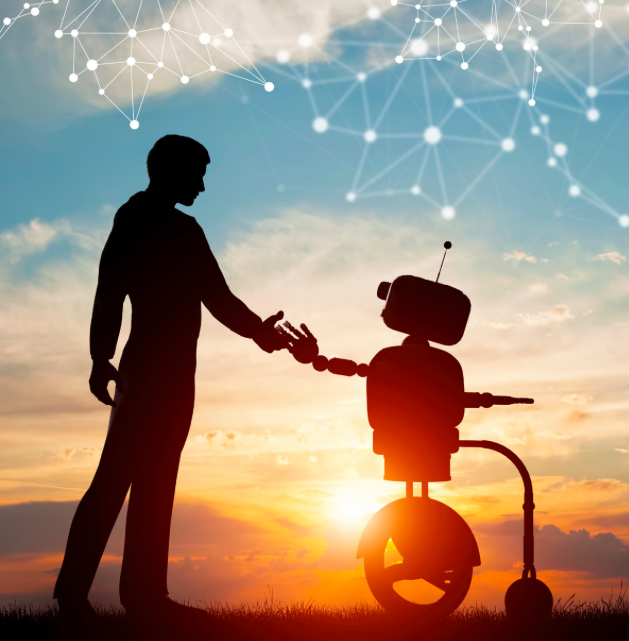A new report released by The Human Resources Professionals Association (HRPA), and co-authored by Deloitte, looks at what developments in machine learning and artificial intelligence are doing to the job market.
The report, The Intelligence Revolution: Future Proofing Canada’s Workforce, says that machine learning and AI are becoming leaders in economic growth, and the Canadian workforce is losing jobs as a result.
“We need to get down to the urgent work of assessing not just how work will change in Canada but how Canadian workers should prepare,” said Scott Allinson, vice-president of public affairs at HRPA. “The changes we are seeing are nothing less than historic and governments and educators need to take a skills-first, not a job-first approach.”
According to the report, policy makers and business leaders must discuss how to close the gaps between technology, individuals, businesses, society, and government. It uses eight key examples to demonstrate the kind of work Canadians will do in the future, and the sets of skills they will need to do it.
Canada’s contingent workforce has grown from 4.8 million to 6.1 million and accounts for one-third of all jobs.
“Our position is clear: We believe Canada can—and must—emerge as a winner in the Intelligence Revolution. But this will not happen by accident. Canada can build upon many strengths to develop a position of global leadership,” the report reads. “In some cases, we’re already ahead of the game. Google, for example, has announced plans to open cutting-edge artificial intelligence labs in Toronto and Montreal.”
A few key topics of discussion in the report were that the concept of a job has fundamentally changed, machines are learning faster than humans, new technologies also open new opportunities for humans, and the new workforce taking shape. In particular, the report explores the emergence of the gig economy as a pioneer in the rise of contingent workers.
This new workforce segment includes independent contractors, freelancers, consultants, crowdsourced workers, or other workers who move from one project to the next. The report shows that since 1997, Canada’s contingent workforce has grown from 4.8 million to 6.1 million and accounts for approximately one-third of all jobs. According to data collected from Statistics Canada, more than 90 percent of jobs created in 2015 and 2016 were temporary positions.
The reach of the “Intelligence Revolution” is greater than periods of tech development in the past.
“If we agree we are experiencing a so-called second industrial revolution, which is changing what a job means, affecting the work we do and how we do it, then we have to anticipate that amongst global jurisdictions there will be winners and losers,” said Stephen Harrington, national lead of talent strategy at Deloitte in Canada and co-author of the report.
The reach of what the report is coining the “Intelligence Revolution” is far greater than periods of technological development in the past, because it is targeting jobs in fields such as medicine, law, and investment banking that have been immune to the impacts of automation. It recommends specific actions that must be taken by governments and businesses, including modernizing provincial labour law, a social safety net that reflects the realities of the gig economy, rethinking universal basic income, re-imagining how we organize our schools (from the physical setup to the school year itself), and empowering Canadian workers to manage their careers and thrive in the new world of work.
“It will be a powerful catalyst to step back and identify the unique capabilities we can harness as humans to differentiate ourselves, such as curiosity, imagination, creativity, and emotional and social intelligence—the things the school system is doing a bad job of nurturing and developing in us,” said John Hagel, co-chairman of Deloitte’s Center for the Edge.
See the full report here.
Photo via The Intelligence Revolution: Future Proofing Canada’s Workforce


